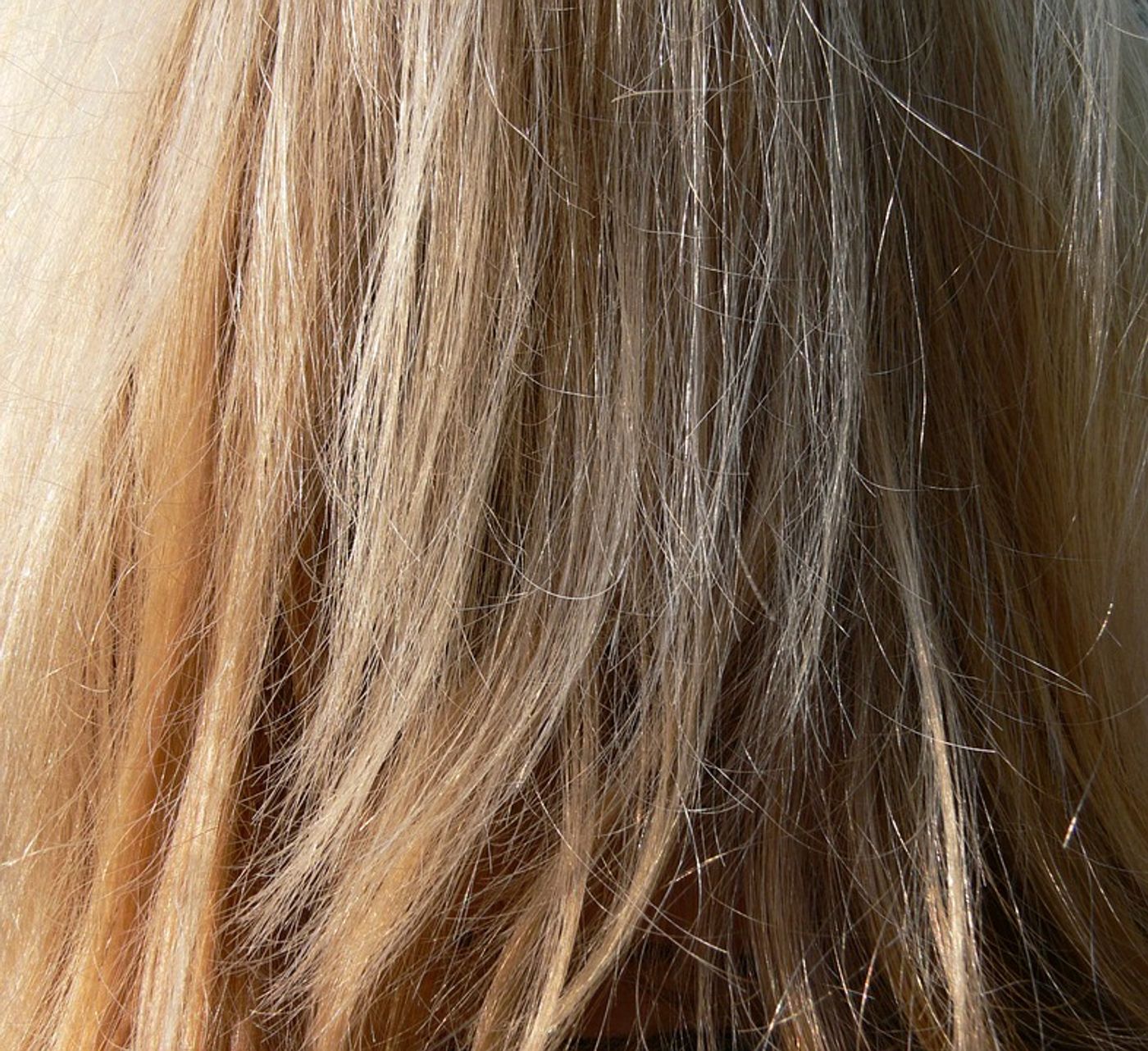It’s no fairy tale – Rapunzel Syndrome led to one 38-year-old woman hospitalized for severe gastrointestinal problems that threatened her life. As it turns out, doctors were stunned to discover the cause of her problem were two “densely packed” hairballs found in her stomach and intestines.
The disorder is so-named after the fairy tale character, Rapunzel, who had majestically long golden hair that was likened “spun gold.” In the clinical setting, however, hair is anything but majestic. Patients with Rapunzel syndrome pull out their hair and ingest it.
According to the
medical case report, the disorder is a combination of two psychological elements: Trichotillomania, the urge to pull out hair; and trichophagia, the urge to eat the hair. The resulting hairball is termed a trichobezoar.
The patient was admitted to the hospital with severe constipation and vomiting. Doctors also noted that her stomach appeared abnormally distended. Her medical history revealed that she was unable to keep food down for quite some time, leading to dramatic weight loss – 15 pounds in the span of 8 months.
Under surgery, doctors extracted two densely packed balls hair: a 6in x 4in (15cmx10cm) ball in the stomach and a 1.5in x 1in (4cmx3cm) ball in the small intestines. These masses probably caused the organs to accumulate gas and liquid, leading to the abnormal distension of her stomach.
Rapunzel Syndrome is rare – this patient joined only 88 other patients with the same diagnosis. Of these, young girls under 10 years old make up a significant portion of the patient population (40 percent).
Fortunately, the patient is recovering well after the surgery. Doctors are also treating her with a high protein diet to rescue the metabolic imbalance caused from trichophasia. In addition, because the problem stems from psychological disturbances, the patient will likely also be treated with behavioral therapy. “A cognitive approach to therapy is usually taken, to help to break the rituals associated with the condition and lessen the compulsion to pull and eat the hair,” according to the Belgravia Centre, a U.K.-based hair-loss treatment clinic.
Additional sources:
Belgravia Centre,
BBC










